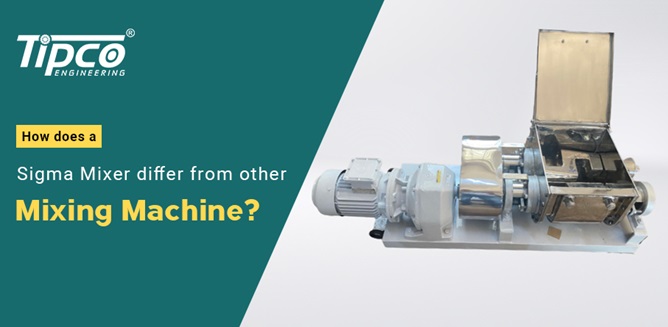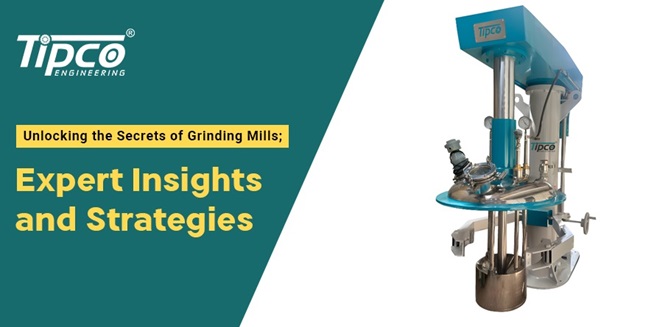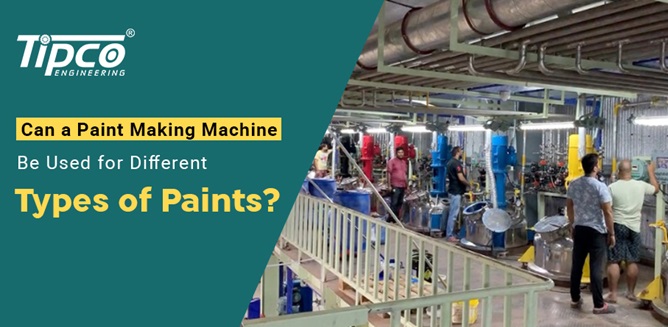
How Does Sigma Mixers Differ From Other Mixing Machines?
The term “Universal Mixers” is frequently used to describe sigma mixers due to their great versatility. Batches of materials with viscosities varying from extremely thin to extremely thick can be handled by them. The rectangular trough at the base of the universal kneading and mixing machine curves to form two half-cylinders. This is the elementary structure of the machine. It also has two blades that are oriented horizontally, and it may be operated by using the appropriate gearing on the top or bottom of the trough. With each revolution, the blades cover the whole surface area of the half-cylinder. Their disparate and uneven rotational rates impart both transverse and lateral motion to the batch.
Because of how little room there is between the blades and the trough, the blades will fully mix every single particle in the batch. This happens because every particle in the batch is constantly moving as the blades revolve through it. There is a lot of kneading occurring simultaneously as the material is blended and crushed by the saddle, sidewalls, and blades. Sigma mixers are capable of effortlessly handling both highly stiff plastic masses and dry granules.
The kneading section, the base portion, the hydraulic system, the transmission system, and the electric control system are the five essential components of Tipco Engineering Sigma Mixer machines.
The huge cylinder’s opening and closing operations can be completely customized by the user thanks to the hydraulic system’s control station. The system is dependable and convenient because the user has total control over all parameter details. Based on the corresponding type of kneading machine, the transmission system consists of motors, reducers, and gear units.
Features of the Sigma Mixers
- A variant that can be customized and has a 1,000-gallon working capacity is offered.
- In addition, you have the option of tilting or fixed bottom valve discharge units for loading and unloading based on your production requirements.
- There are single-screw extruder models available for purchase.
- The design of a jacketed trough that is heated or cooled.
- The drive has various ratios and differential rotation speeds; it is not coupled in any manner to the blade arm.
- Two horizontally oriented, sigma-shaped blades were placed in the bowl’s troughs.
- Concept based on vacuum or pressure.
- The entire mixer is supported by an incredibly strong steel pedestal, which guarantees silent and vibration-free operation.
- Building materials resistant to explosions.
Systems Sigma Blade Mixers in Action
During operation, the product is typically put into the mixer through the top of the container, filling between forty and sixty-five percent of the mixer’s total volumetric capacity. Heavy-duty drive systems, which typically include a motor, gearbox, couplings, and gears, guarantee that the blades rotate. The fastest the Sigma mixer’s tip can typically go is sixty meters per minute.
In addition to room temperature or a controlled setting, it is feasible to combine at ambient temperature. The internal temperature of the mixer can be precisely controlled by installing jackets on the mixer troughs, which will allow hot or cold material to circulate through the Tipco Engineering Industrial Sigma Mixer Machines. The material can be released by tilting the mixer container, turning the bottom discharge valve, or using the screw or extruder that is situated in the lower area between the two trough compartments. The mixer can be connected to any of these available discharge configurations.
The most prevalent kind of this configuration is the tilting discharge. The tilting arrangement of the container can be automated by a mechanical or hydraulic system, or it can be made to be operated by a person. You can choose between the two configurations.
It is possible to mount the bottom discharge valve on the mixer trough for materials with reduced viscosity.
Sigma mixer applications
Tipco Engineering Sigma mixers are useful for a wide range of applications, including kneading, crushing, stirring, curing, re-polymerization, and high viscosity and high elastic-plastic materials. The benefits of using Sigma’s kneading machine include great kneading efficiency, consistent mixing, and no dead ends.
The new Sigma mixer is evolving into a multipurpose for the Sigma Mixer design and functionality. It is a highly efficient machine in industrial settings that is replacing numerous antiquated manufacturing methods.
Also read: What is a Mixing Machine and Its Types?





